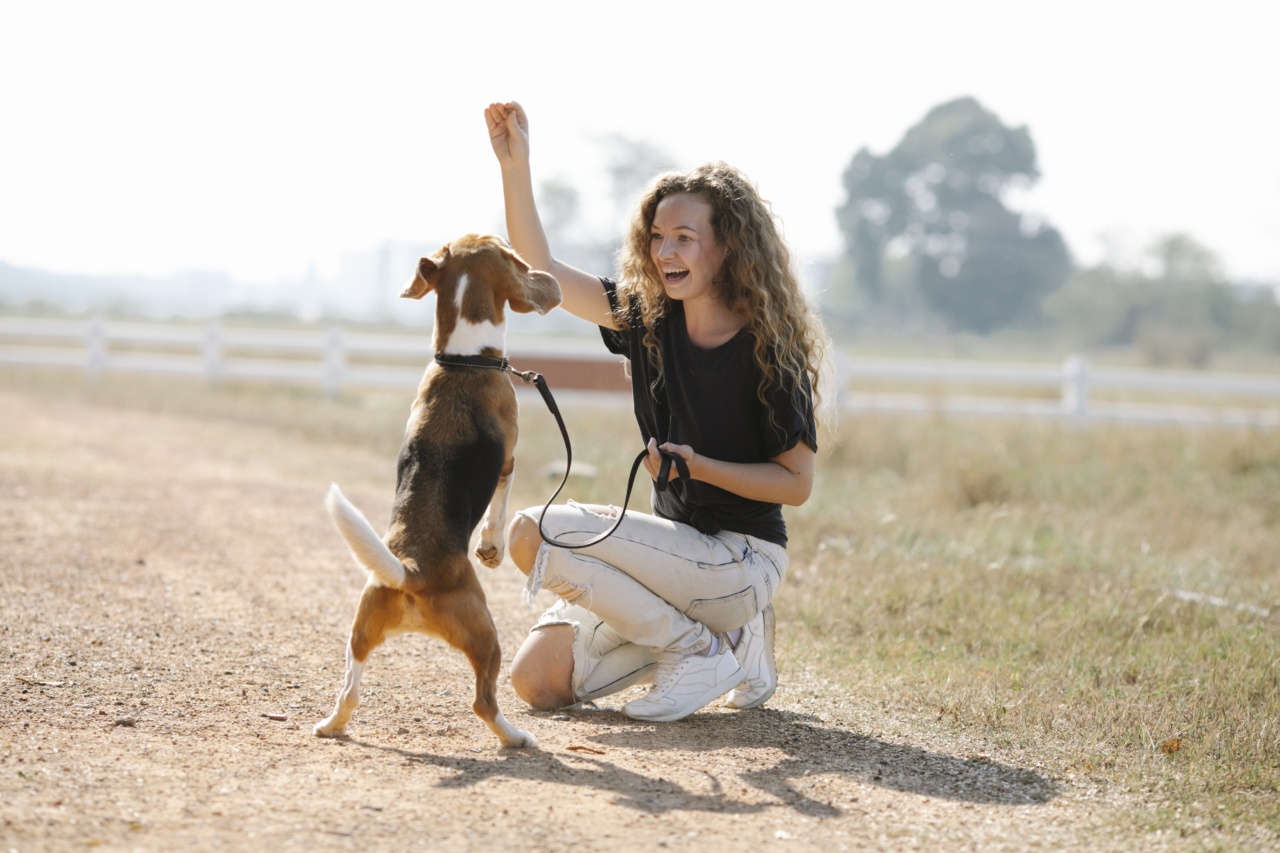Leash training is one of the most essential aspects of dog training. It is a fundamental skill that every dog owner should teach their furry friend.
Leash training is not just about getting your dog to walk beside you; it is also about keeping your dog safe and comfortable when you are out on walks. With a few proven techniques, you can easily train your dog to walk nicely on a leash.
Start with the Basic Equipment
To train your dog to walk on a leash, you will require the basic equipment such as a sturdy collar, a five to six feet long leash, and some treats to reward your dog for good behavior. Choosing the right collar and leash is crucial.
The collar should not be too tight or too loose. It should fit comfortably around your dog’s neck and should not slip off. Also, choose a leash that is easy to grip, lightweight, and easy to retract.
Introduce the Leash Gradually
If your dog has never worn a leash, or is not used to it, then introduce the leash gradually. Begin by letting your dog wear the collar without the leash. Give them some treats and praise to help them adjust to the new collar.
Once your dog is comfortable wearing the collar, attach the leash and let it drag on the ground while you’re inside the house. Keep a close eye on your dog to ensure they do not get tangled in the leash.
Start with Short Walks
The first few walks should be short and sweet. Start with taking your dog to a quiet, low-traffic area. Hold the leash and allow your dog to explore the area. Use the ‘heel’ command to encourage your dog to walk beside you.
Do not pull on the leash or drag your dog. The leash should be loose as you walk. If your dog pulls ahead, stop walking, and say “heel” to encourage them to walk beside you. Reward your dog with treats for following your commands.
Keep the walks short and gradual, gradually increasing the distance and time once your dog becomes more comfortable.
Use Positive Reinforcement
Dogs respond well to positive reinforcement. Use treats or verbal praise to reward your dog for good behavior during the walk. For example, if your dog sits at a street corner, waiting patiently for your command, then reward them with a treat.
This will encourage your dog to exhibit good leash behavior.
Teach the ‘Heel’ Command
The ‘heel’ command is one of the most essential commands when it comes to leash training. It teaches your dog to walk beside you and not pull ahead.
Begin by standing still and saying “heel” while gently pulling the leash toward you. When your dog aligns with you, reward them with treats and praise. Practice this command consistently during your walks until your dog understands the meaning of the command.
Avoid Using a Retractable Leash
Retractable leashes can cause more problems than benefits. It makes it challenging for the owner to control the dog, and it can put the dog’s safety at risk.
Therefore, it is best to avoid using a retractable leash when training your dog to walk on a leash.
Be Consistent
Consistency is the key when it comes to leash training. Do not let your dog pull on the leash even if you are in a hurry. Be patient and consistent in training. Remember that dogs thrive on consistency.
If you let your dog break the rules just because you are in a hurry, they might assume that they can do it the next time as well.
Avoid Punishing Your Dog
It is essential to avoid punishing your dog when you are training them to walk on a leash. Dogs learn through positive reinforcement. When you punish your dog, it creates anxiety, and they might start associating the leash with a negative experience.
Instead of punishing your dog, focus on positive reinforcement and reward good behavior with treats and verbal praise.
Teach Your Dog to Stay Calm around Other Dogs
Socialization is an essential aspect of dog training. During walks, your dog might encounter other dogs. Teach your dog to stay calm and friendly around other dogs. Use treats and positive reinforcement to encourage your dog to behave around other dogs.
If your dog shows any signs of aggression, stop the walk immediately.
Conclusion
Training a dog to walk on a leash is not an overnight process. It requires patience, consistency, and lots of positive reinforcement. But with the right techniques and equipment, you can teach your dog to be a well-behaved and well-trained pet.
Remember to use positive reinforcement, be patient, and avoid punishing your dog. With time, your relationship with your furry friend will grow stronger and more trusting.

























